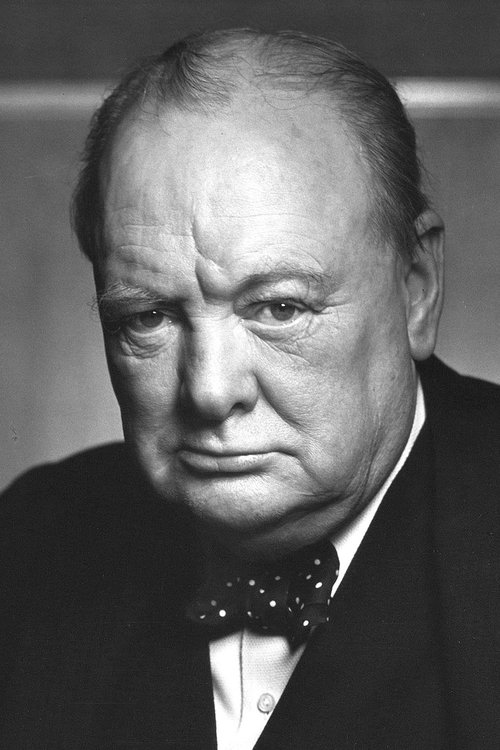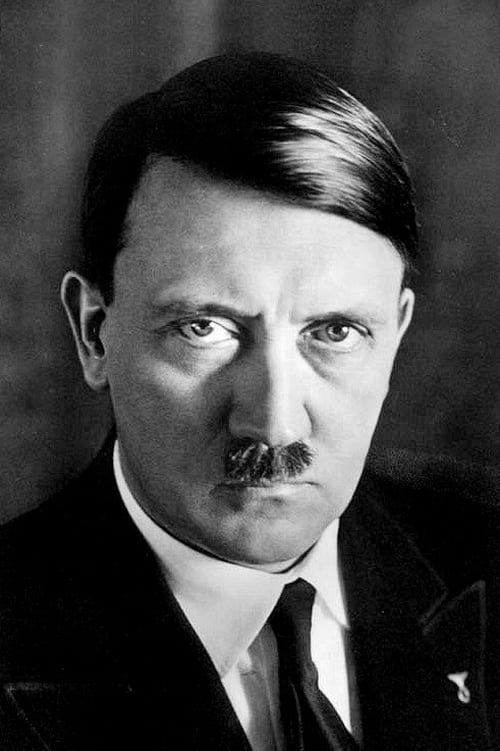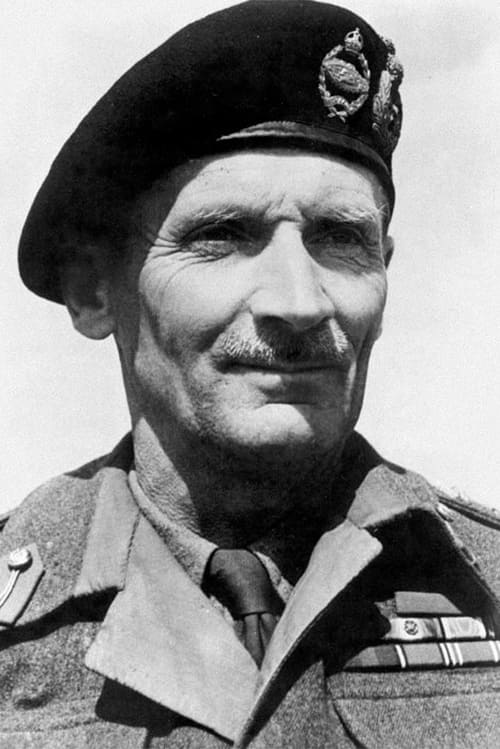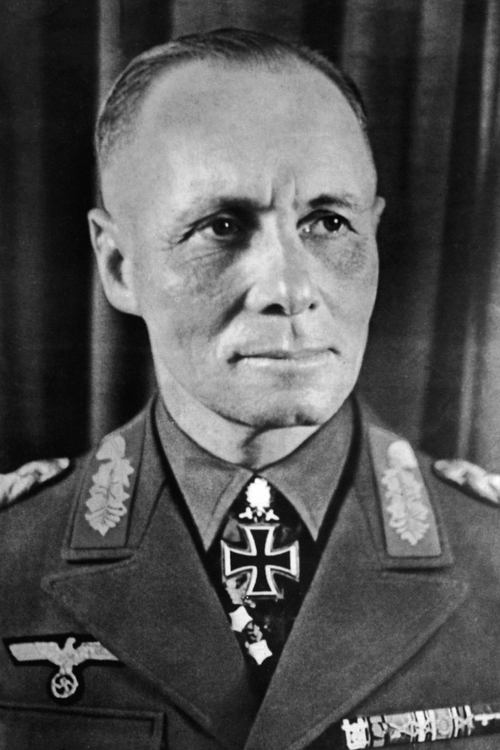A featureless land fit only for war, as the narrator, J. L. Hodson stated in the early scenes: "If war was to be fought then let it begin here". In endless miles of rock-strewn scrub desert, where civilians hardly existed. Desert Victory tells the story of the Allied campaign to drive Germany and Italy from North Africa is analysed, with the major portion of the film examining the battles at El Alamein, including some re-enactment. Won "Best Documentary Feature" at the 16th Academy Awards in 1944.

Self (archive footage)

Self (archive footage)

Self (archive footage)

Self (archive footage)

Self (archive footage) (uncredited)
This wartime documentary has one advantage over many of it’s contemporaries. It’s a largely self-contained story of the planning and execution of a battle from the Second World War that was actually won. It’s also a much more internationalist depiction of the activities by soldiers of many different nations that fought against Rommel’s hitherto unbeaten Afrika Korps across Mesapotamia and towards El Alamein, a mere sixty miles from Alexandria and not much farther from the crucial Suez Canal. There is an astonishing collection of wartime photography to supplement a narration that is frequently quite journalistic in nature. It avoids rousing sentiment and delivers us a more factually-based chronology of reports, augmented by simple diagrams, on how this theatre of war perilously ebbed and flowed. We are effectively immersed in the hot and arid environment to which these soldiers had to adapt and with shells falling all around their grubby yet vital trenches scratched out of the soil and stone, this is a well structured retrospective evaluation of a scenario where the generals also respected the skills and tenacity of their equally battle-hardened and determined foe. One of the better wartime morale-boosters, this one.
April 12, 1943

Self (archive footage)

Self (archive footage)

Self (archive footage)

Self (archive footage)

Self (archive footage) (uncredited)
This wartime documentary has one advantage over many of it’s contemporaries. It’s a largely self-contained story of the planning and execution of a battle from the Second World War that was actually won. It’s also a much more internationalist depiction of the activities by soldiers of many different nations that fought against Rommel’s hitherto unbeaten Afrika Korps across Mesapotamia and towards El Alamein, a mere sixty miles from Alexandria and not much farther from the crucial Suez Canal. There is an astonishing collection of wartime photography to supplement a narration that is frequently quite journalistic in nature. It avoids rousing sentiment and delivers us a more factually-based chronology of reports, augmented by simple diagrams, on how this theatre of war perilously ebbed and flowed. We are effectively immersed in the hot and arid environment to which these soldiers had to adapt and with shells falling all around their grubby yet vital trenches scratched out of the soil and stone, this is a well structured retrospective evaluation of a scenario where the generals also respected the skills and tenacity of their equally battle-hardened and determined foe. One of the better wartime morale-boosters, this one.

